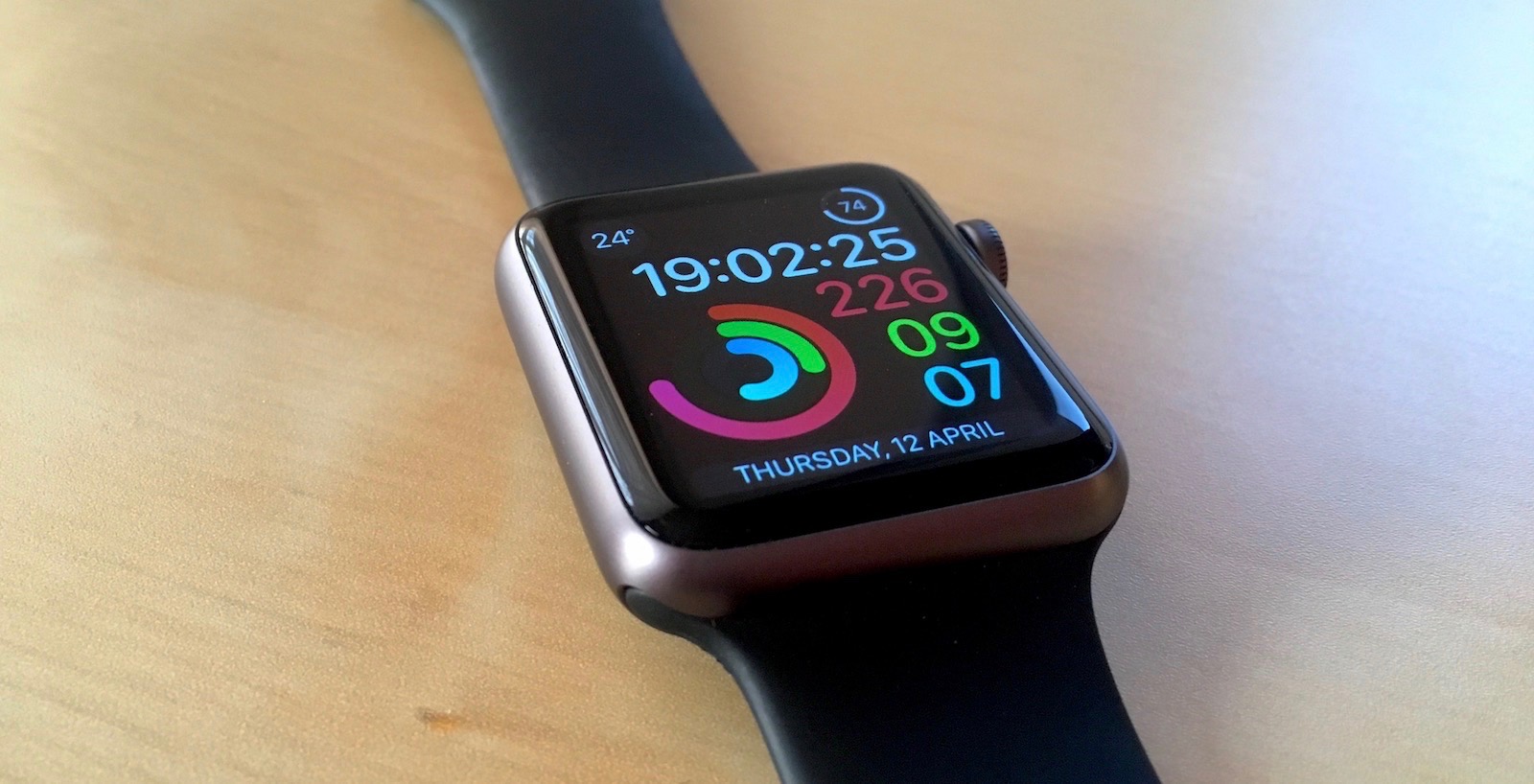WatchKit Adventure #4: Tables and Navigation
Two weeks ago I posted the first part of a tutorial about how to build an Apple Watch app UI using WatchKit, using a WKInterfaceController and a storyboard. We’ve built the main screen for the SmogWatch app, showing a big colored circle with the PM10 value inside and a chart showing data from the last few hours.
Here’s the second part: today we’re going to add a second screen that lets the user choose which station they want to load the data from. So far I’ve used a hardcoded ID of the station that’s closest to me, but there are 8 stations within Krakow and the system includes a total of 20 in the region, so it would be nice to be able to choose a different one.
(I initially wanted to also include a selection of the measured pollutant – from things like sulphur oxides, nitrogen oxides, benzene etc. – and I’ve actually mostly implemented it, but that turned out to be way more complex than I thought, so I dropped this idea.)
The starting point of the code (where the previous part ends) is available here.
